Growing Small Grain Crops – Small Grain Information for Home Gardeners
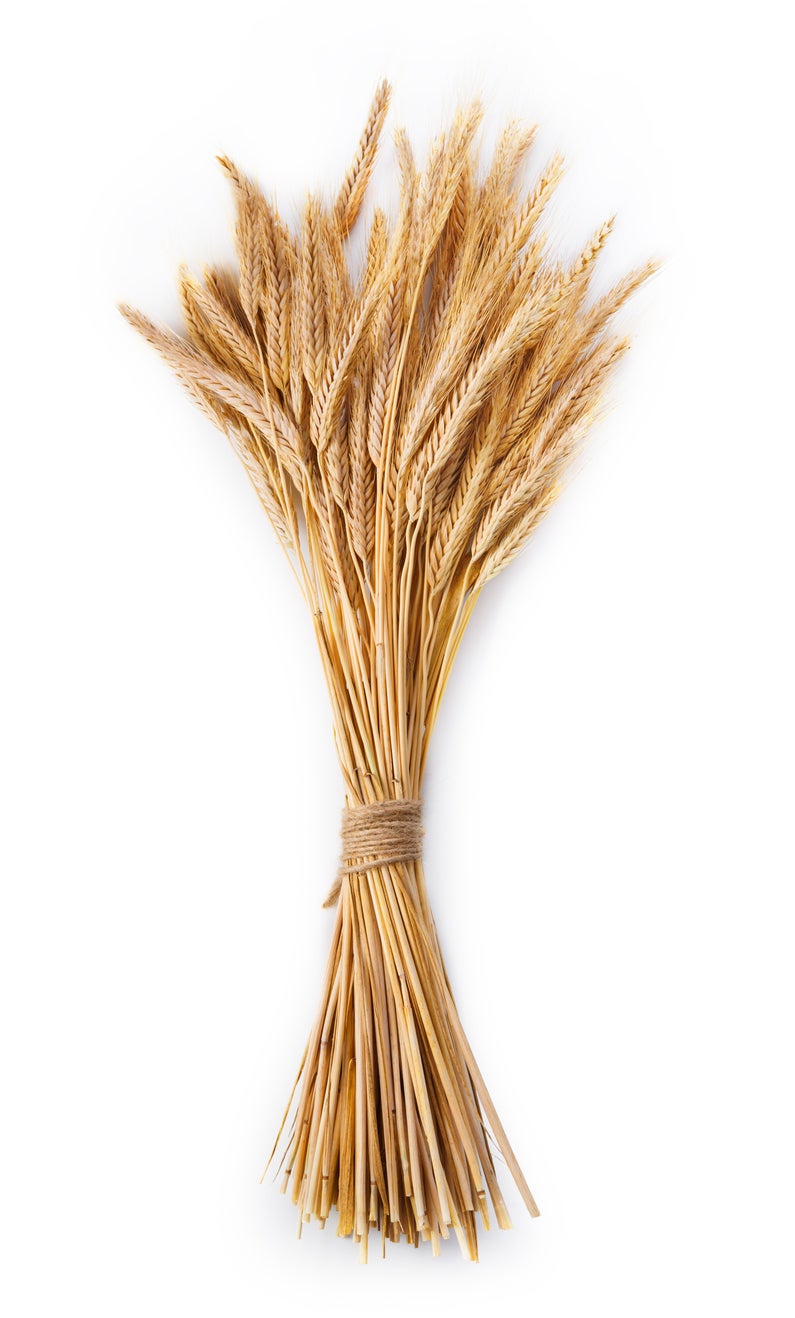

Many growers are familiar with summer garden favorites like tomatoes and peppers, but more and more gardeners are beginning to shift their attention to multi-purpose crops like small grains, which serve multiple functions in commercial applications, homesteads, and family farms. Although labor-intensive, the process of growing small grains is a rewarding way to maximize space and yields.
Small Grain Information
What are small grains? The term ‘small grains’ is generally used to refer to crops such as wheat, barley, oats, and rye. Small grain crops consist of plants that produce small, usable seeds.
The role of small grain crops is extremely important for both large- and small-scale farms. In addition to grain production for human consumption, they are also valued for their other uses. Growing small grains is beneficial to farmers as a means of farm feeding, as well as in the production of straw.
Small grain cover crops are also of great importance when used in a consistent cover crop rotation schedule.
Growing Small Grains
Most small grain crops are relatively simple to grow. First, growers will need to determine whether or not they would like to plant spring or winter grains. The optimal planting time for winter grain will vary depending upon where growers live. However, it is generally recommended to wait until the Hessian fly-free date before doing so.
Crops, such as wheat, growing throughout the winter and spring require little attention from growers until time to harvest.
Spring crops, such as spring wheat, can be planted in the spring as soon as the soil can be worked. Crops planted late in the spring can expect decreased grain yields during the summer harvest season.
Gardening tips, videos, info and more delivered right to your inbox!
Sign up for the Gardening Know How newsletter today and receive a free copy of our e-book "How to Grow Delicious Tomatoes".
Select a well-draining planting site that receives direct sunlight. Broadcast the seed into the well-amended bed and rake the seed into the surface layer of the soil. Keep the area moist until germination occurs.
To deter birds and other pests from eating the small grain seeds, some growers may need to cover the planting area with a light layer of straw or mulch.

Tonya Barnett has been gardening for 13 years. Flowers are her passion. She has transformed her backyard into a cut flower garden, which she regularly chronicles on her YouTube channel http://www.youtube.com/@tonyawiththeflowers.
-
 Looking For Plants To Give You The Soft And Fuzzies? Try These 5 Fuzzy Leaf Plant Options
Looking For Plants To Give You The Soft And Fuzzies? Try These 5 Fuzzy Leaf Plant OptionsLovers of texture, drama, silver foliage and tactile plants will adore these special sensory garden additions. These fuzzy leaf plant options will leave you all aglow
By Susan Albert
-
 Get Ready For A Summer Of Hummers! Grow These Full Sun Hummingbird Plants and Flowers
Get Ready For A Summer Of Hummers! Grow These Full Sun Hummingbird Plants and FlowersIf you’re lucky enough to enjoy a sunny backyard, make sure you are maxing out on your pollinator opportunities and grow these full sun hummingbird plants and flowers
By Tonya Barnett
-
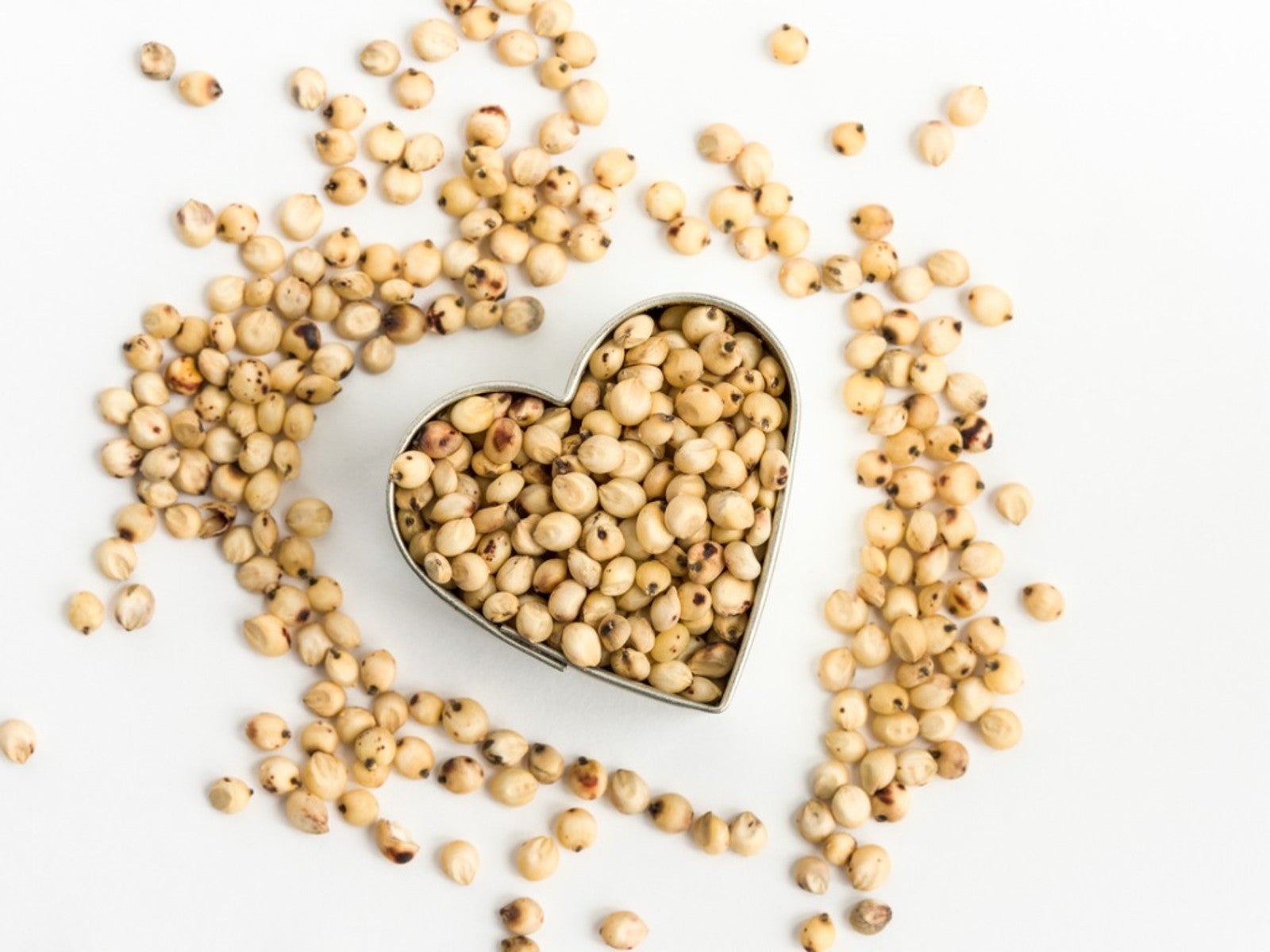 Gluten Free Grain: How To Grow Sorghum As A Gluten Free Substitute
Gluten Free Grain: How To Grow Sorghum As A Gluten Free SubstituteSorghum doesn't enjoy as much popularity today as it did in the 1800s. But it is making a comeback.
By Bonnie L. Grant
-
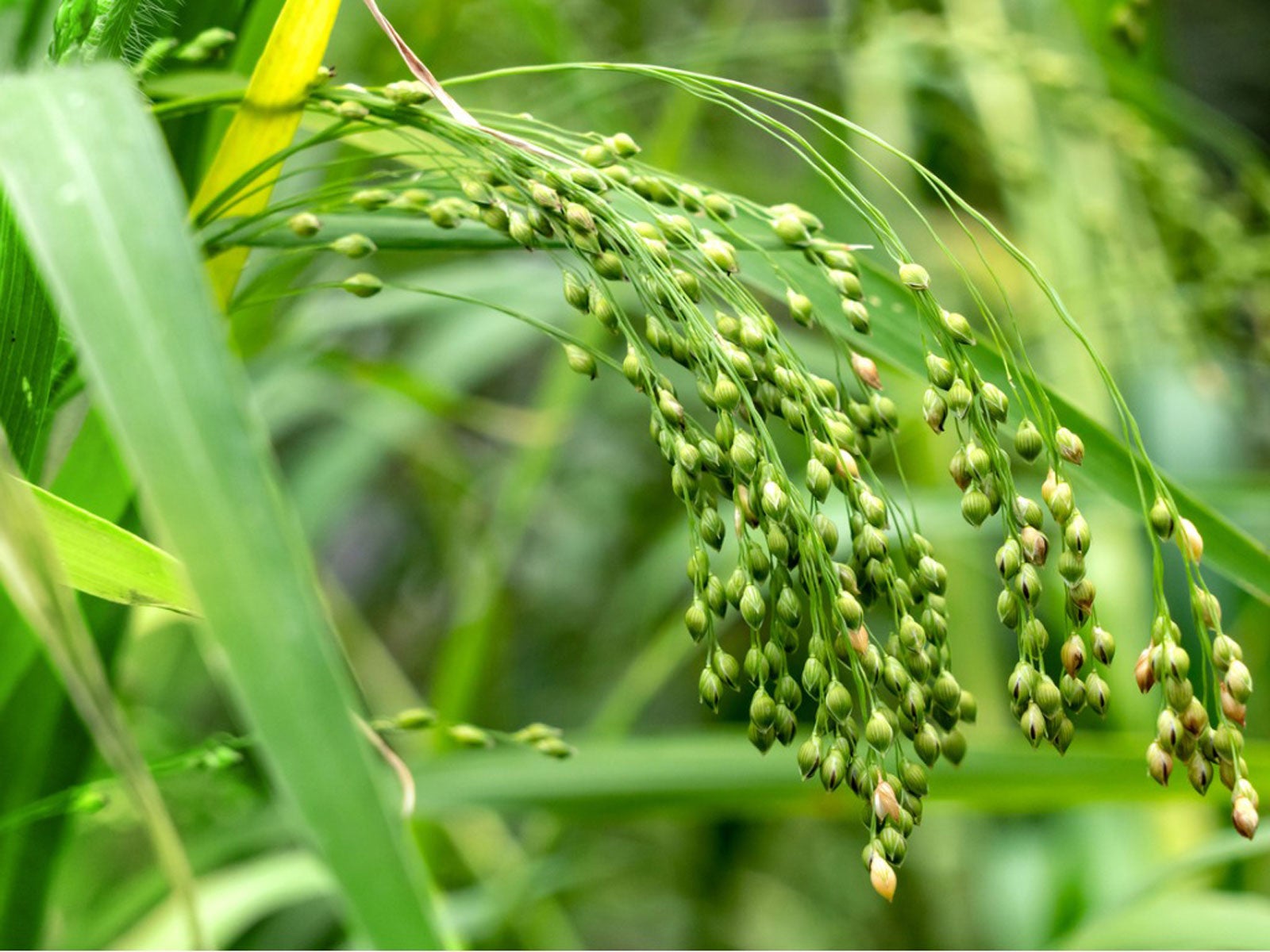 Wild Millet Grass – Learn About Growing Proso Millet Plants
Wild Millet Grass – Learn About Growing Proso Millet PlantsIt looks like a corn seedling, but it's not. Birds flock to it, but farmers may not. Is wild millet a weed or a beneficial plant? Click here to find out.
By Laura Miller
-
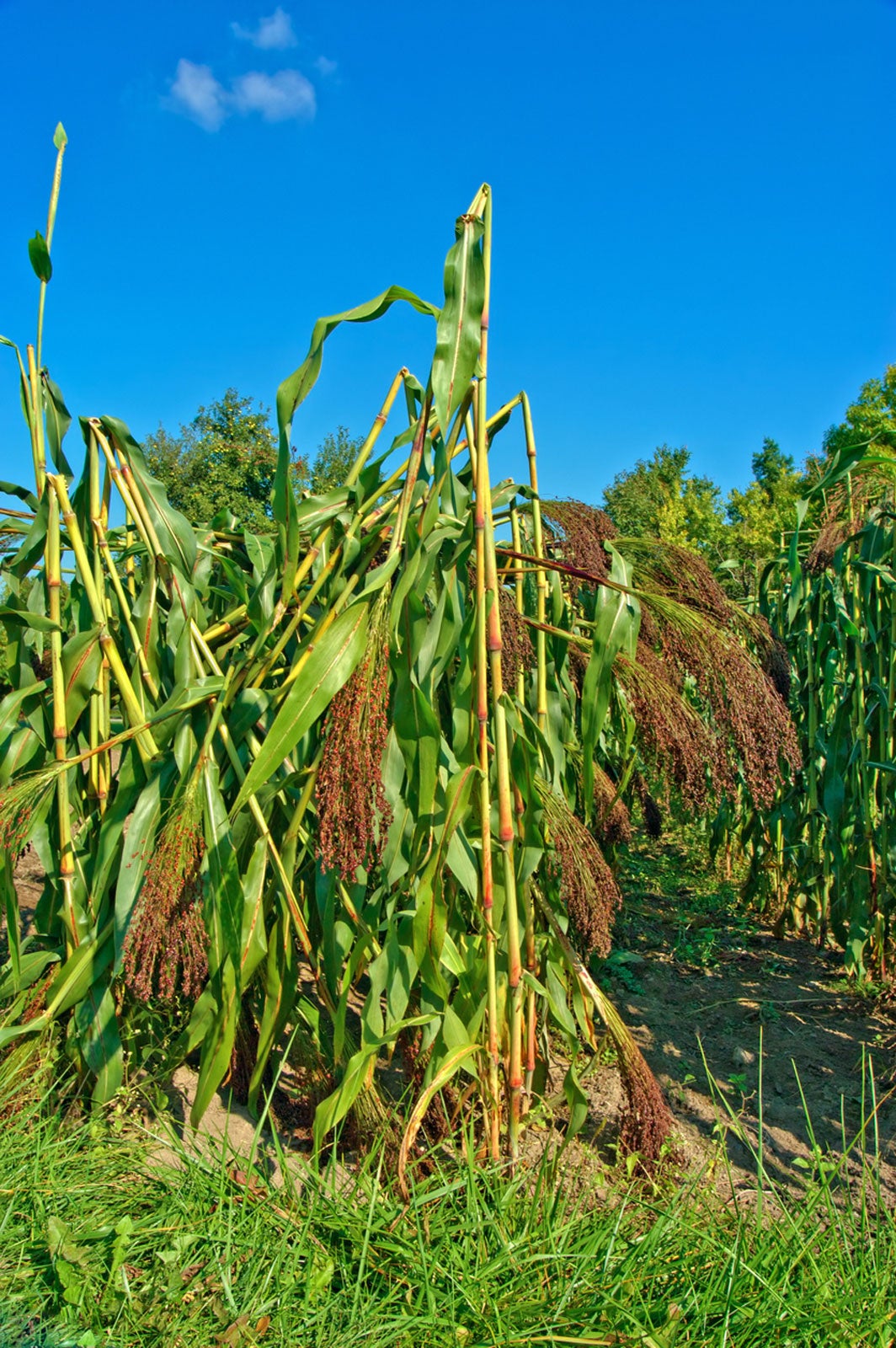 Using Broomcorn For Crafts – How To Harvest Broomcorn Plants
Using Broomcorn For Crafts – How To Harvest Broomcorn PlantsBroomcorn produces big, fluffy seed heads that resemble the end of a broom. If you’re feeling crafty and would like to know more about using broomcorn as well as tips on harvesting the plant, click this article to learn more.
By Bonnie L. Grant
-
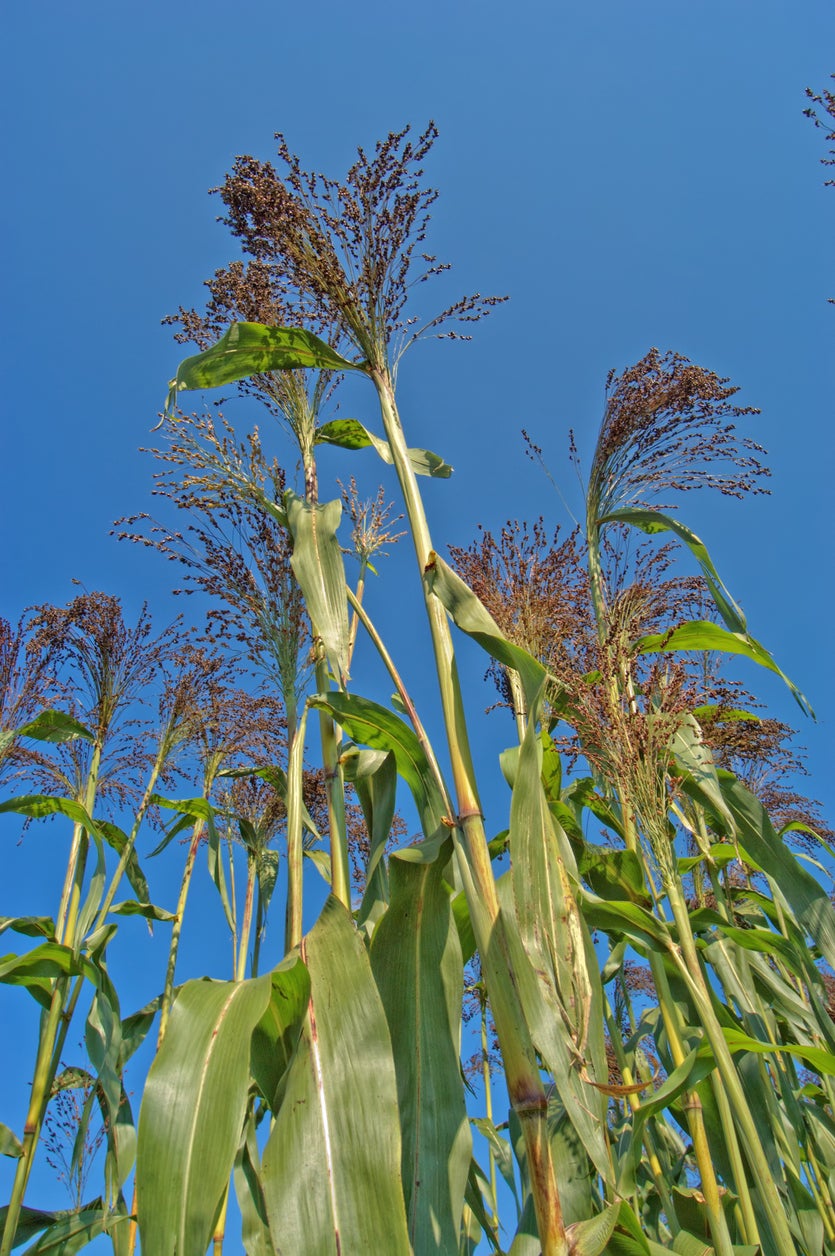 What Is Broomcorn – How To Grow Broomcorn Plants
What Is Broomcorn – How To Grow Broomcorn PlantsDo you wonder where those broom straws originate, the ones that are bound tightly into the broom you may still use for sweeping porches and hardwood floors inside? These fibers come from a plant called broomcorn, a variety of sorghum. Learn more here.
By Becca Badgett
-
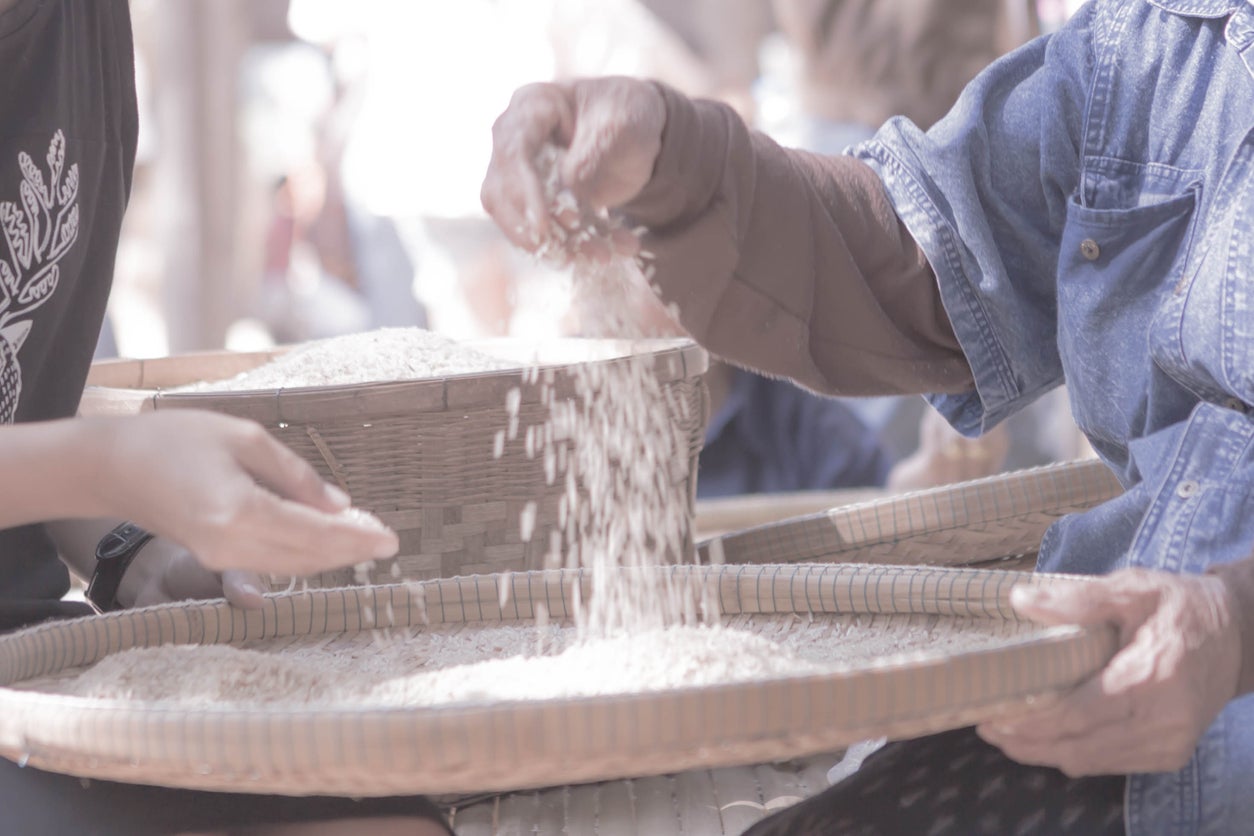 What Is Winnowing – Chaff And Winnowing Garden Seeds
What Is Winnowing – Chaff And Winnowing Garden SeedsGrowing your own grain in the garden is a practice that’s gaining in popularity, and while it’s a little intensive, it can also be very rewarding. Click here to learn the meanings of chaff and winnowing, and what they have to do with harvesting grain and other crops.
By Liz Baessler
-
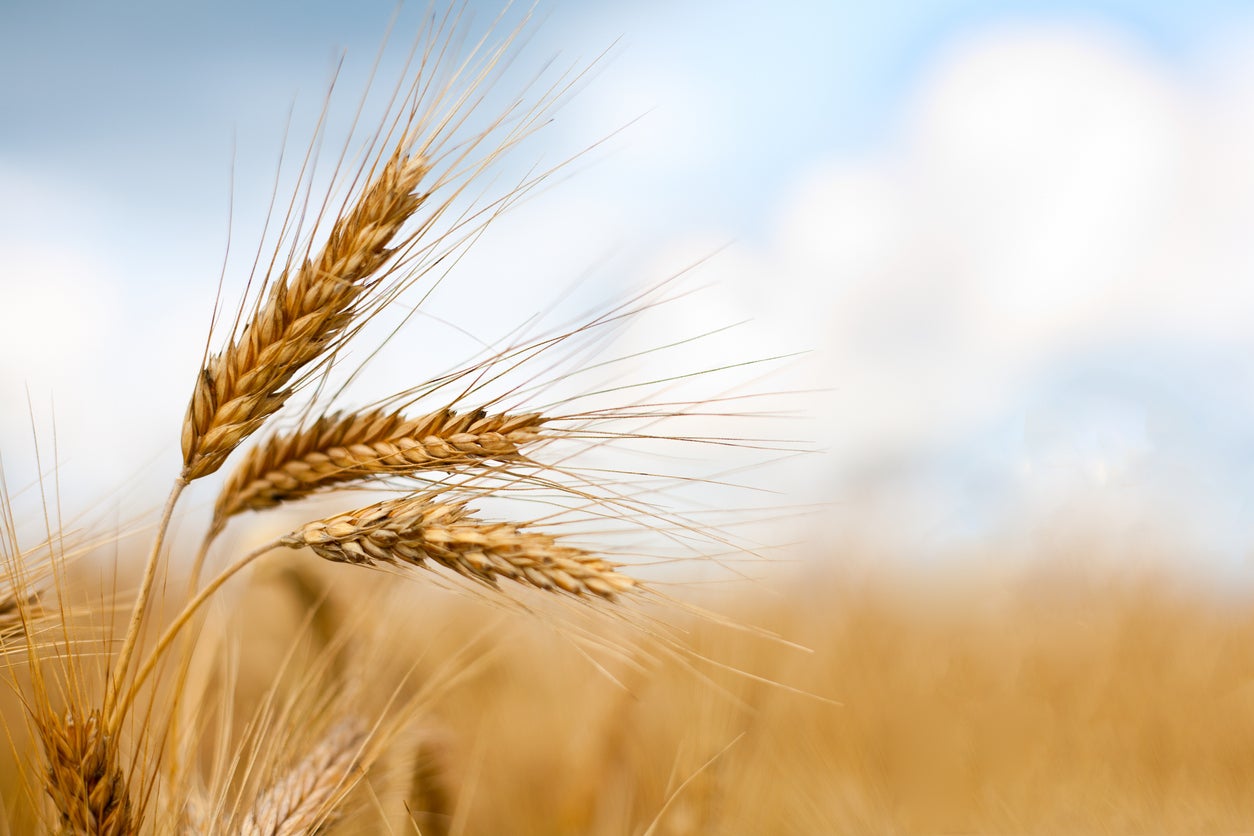 Harvesting Small Grains: How And When To Harvest Grain Crops
Harvesting Small Grains: How And When To Harvest Grain CropsHarvesting small grains as an individual can be tricky, without big threshing machines, but our ancestors did it and so can we. Knowing when to harvest grain is the first step, but you also need to know how to thresh, winnow and store it for best results. This article can help.
By Bonnie L. Grant
-
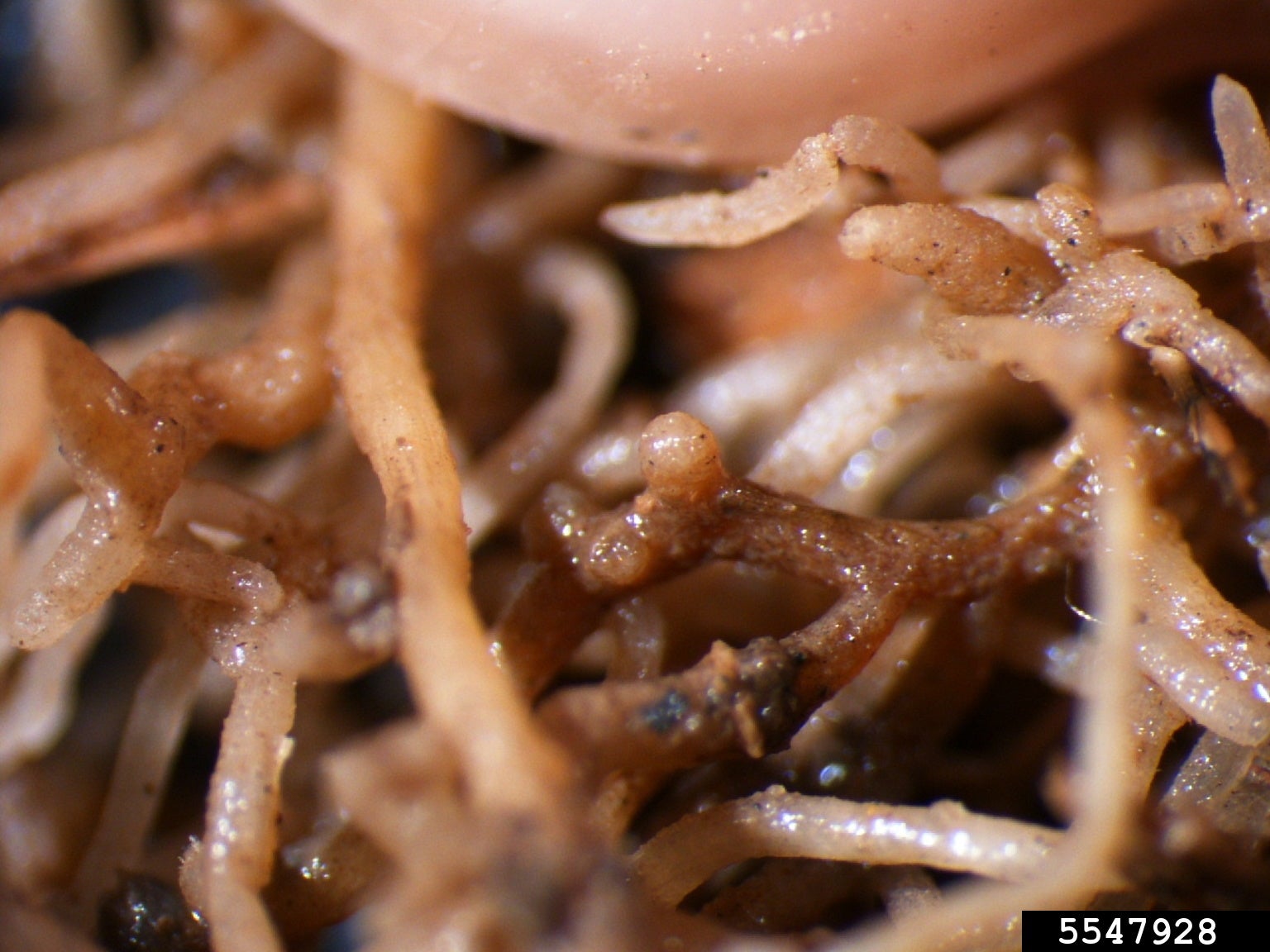 What Are Cereal Cyst Nematodes – How To Stop Cereal Cyst Nematodes
What Are Cereal Cyst Nematodes – How To Stop Cereal Cyst NematodesLess vulnerable to warm season pests, issues do arise during the cool season when growing grains. One of the most prominent issues is cereal cyst nematodes. If you’re curious and asking, “what are cereal cyst nematodes,” click here for an explanation.
By Becca Badgett
-
 Seed And Chaff Separation – How To Separate Seed From Chaff
Seed And Chaff Separation – How To Separate Seed From ChaffHave you heard of the phrase ‘separating the wheat from the chaff’? It’s likely that you didn’t give too much thought to the saying, but it refers to separating seeds from chaff. What is chaff and why is seed and chaff separation important? Find out in this article.
By Amy Grant